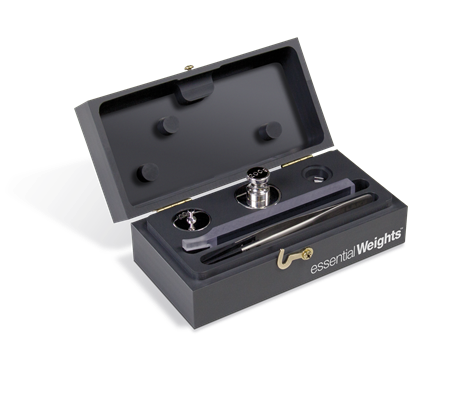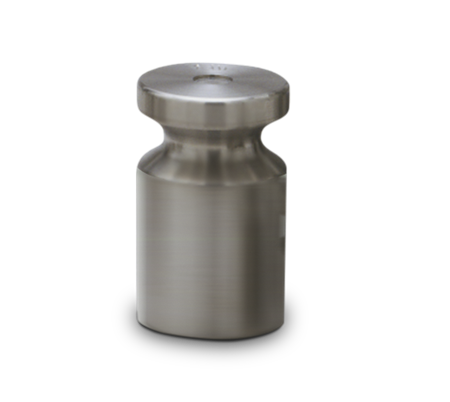Is the website displaying in the correct language? Please confirm or select a different language.
Your region has been set automatically. Please confirm or select a different region.

Are All Calibrations The Same?
Routine scale calibration is a necessary and critical component of scale maintenance and dependability. The quality of the calibration weight used for scale calibration is just as important. Calibration weights are classified by various styles, certifications, finishes and weights, yet all calibration weights serve the same function: they are known standards used to check and adjust the weighing device.
How do we know if the calibration weight is within tolerable weight limits?
Using a calibration weight to calibrate a scale or balance is only worthwhile if the calibration weight itself is known to be within a tolerable weight range. The only reliable way to ensure a calibration weight is within tolerance is to have the weight recalibrated by an accredited metrology laboratory. Calibration from an accredited facility ensures users are receiving a dependable calibration weight. Many accredited facilities are state-owned calibration labs, and some are independent metrology labs, such as a calibration weights manufacturer or supplier with an onsite metrology lab. Accredited labs can provide the user with a calibration report that can include a statement of accuracy or certificate of accredited calibration.
Different Types and Certificates of Calibration
Not all calibrations are the same. The accreditation of the laboratory performing the calibration has significance; however, the type and traceability of the calibration is equally, if not more, important. It is important that weights are calibrated on the correct balance to obtain certification. Lower Class weights should not be calibrated on the highest class of balances or the reverse. Calibrations for weights also require documentation for environmental controls, equipment monitoring and training of all employees. Weight calibrations are important to maintain the traceability chain. Maintaining the traceability to the international standard (SI) through NIST guarantees that weights calibrated in the accredited laboratory are as accurate as weights calibrated in another lab. An accredited calibration needs traceability to NIST and includes a nominal mass value plus or minus corrections and uncertainty values. A non-accredited calibration needs traceability to NIST and actual values and uncertainties. A non-accredited, basic statement of accuracy used in non-Legal for Trade applications would state the nominal values represented by the calibration weight and that the weight has been designed and manufactured within specification.
NVLAP Accreditation
The National Voluntary Laboratory Accreditation Program (NVLAP) is a renowned accreditation program created by the National Institute of Standards and Technology (NIST). NVLAP was created to solve the problem of unreliable weight calibration by offering third-party assessment and accreditation to testing and calibration laboratories. NVLAP assesses laboratories with proficiency testing, along with document review. Assessment against the management and technical requirements published in the International Standard, ISO/IEC 17025:2017, is also a component of NVLAP accreditation assessment.
Rice Lake’s Accredited Laboratories
Rice Lake’s metrology lab in Rice Lake, Wisconsin (NVLAP Lab Code 105001-0) was the first independent laboratory to achieve accreditation through NVLAP. Rice Lake’s other mass lab in Concord, California (NVLAP Lab Code 600169-0) has also received accreditation through NVLAP, and both labs are accredited through A2LA. Rice Lake participates in proficiency testing annually, conducts onsite document reviews as well as management reviews. All calibrations take place in a controlled environment in an Echelon Class I, Class II or Class III laboratory. Rice Lake’s calibration labs have direct traceability to NIST, ensuring certified weights meet the user’s exact specifications.
Not all calibrations are the same. For more accurate results, calibrate with Rice Lake’s metrology laboratories.



 My Account
My Account

